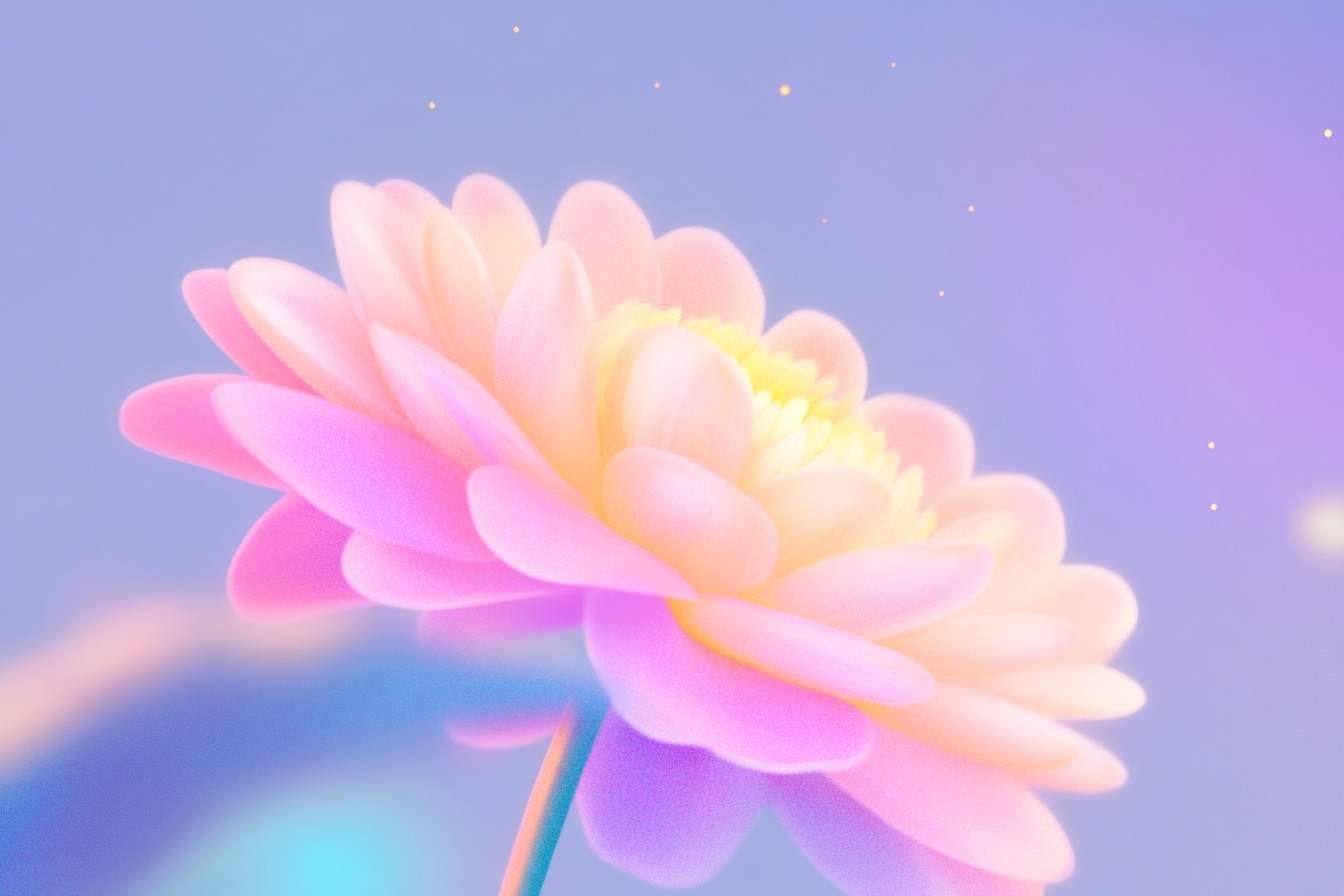October 8, 2025

Two moments stood out for me.
The first was when a big brand reached out directly for a long-term collaboration. Until then, I was usually the one pitching, often to small brands I admired. Many of those early connections turned into long-term partnerships I still value today. But having a larger brand initiate a collab made me realize my content was being recognized as something worth investing in.
The second was when I started scheduling collaborations. Early on, I could weave them organically into my content. But as opportunities multiplied, I needed a system, like a monthly calendar to track what I was posting and when. I wasn’t just posting when inspiration struck; I was managing deliverables.
When your content becomes more than a hobby, there are tasks that no one talks about but quickly become part of your routine.
Planning content around real life: In Canada, the seasons change fast, and weather can be unpredictable. When you’re shooting campaigns with specific deadlines, you can’t always go with the flow. Suddenly you’re checking the forecast, blocking off shoot days, and planning fall content for exemple, weeks in advance to make sure the timing works.
Nurturing brand relationships: Once you’ve worked with a brand, it doesn’t stop there. If you want to build long-term collaborations, you have to stay engaged. That means interacting with brands on social media, sending regular check-ins, and sometimes even pitching content ideas they may not have thought of. It’s about being more than a name in their inbox, you become part of their community.
When your content shifts into creator territory, organization becomes your best friend. A simple system saves you from feeling overwhelmed.
5 steps to stay on top of collabs:
Pro tips: batch content when the light or weather is right, track basic results (reach, saves, engagement) to share with brands, and save email templates for outreach and follow-ups.
While the business side grows, the heart of your content should stay the same.
It’s tempting to say yes to everything when opportunities start coming in, but credibility matters more than volume. Working only with brands that align with your values helps you stay authentic and makes your audience trust you more.
So how do you keep content creation fun when it’s also becoming a business? A big part is mindset. Instead of seeing collaborations as limitations, think of them as creative challenges. How can you showcase a product in a way that still feels like “you”? How can you integrate a campaign seamlessly into your storytelling style?
At the same time, don’t forget to make space for the content you love creating just for fun. Not every post has to be part of a collaboration. Posting those unfiltered, passion-driven pieces is often what keeps you connected to why you started in the first place.
The transition from hobbyist to creator is thrilling, but it’s also full of lessons. You’ll find yourself managing schedules, planning shoots around the weather, and nurturing brand relationships in ways you never imagined. You’ll also learn the importance of saying no to opportunities that don’t fit.
What doesn’t change is your unique voice. That’s what drew your audience to you, and it’s what keeps them around. If you hold onto that while embracing the business side, you’ll find a balance that lets you grow without losing yourself.